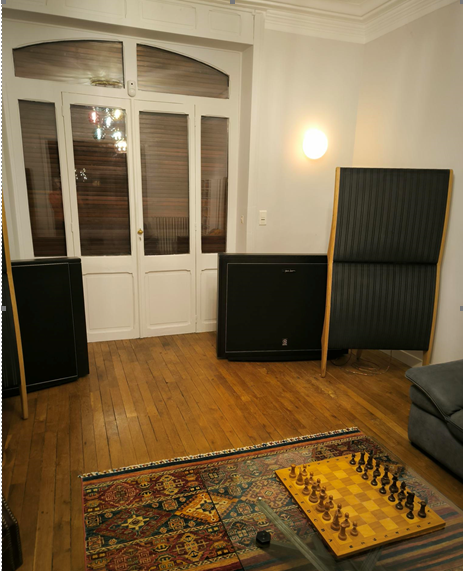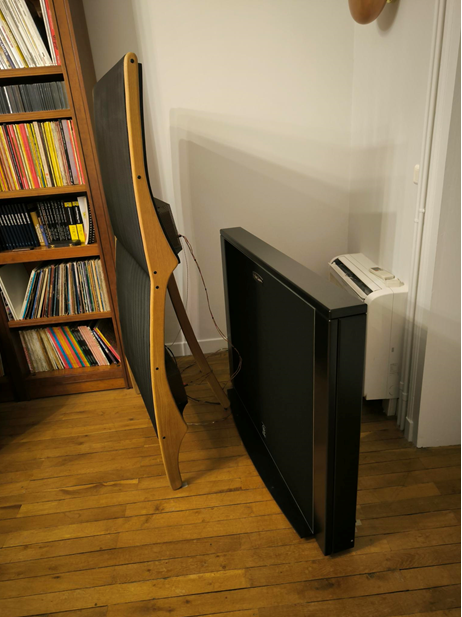Hello Lloyd, I would like to address your concern about reliability/longevity of the Panel. I have been exchanging e-mails with Patrick (The owner of Pure Low) on several topics. One of which is reliability and repair. I am just going to paste his comments from the e-mails here. As you can see he is taking reliability very seriously and has an excellent track record....the fact that they are panels made me think more about longevity/reliability than more traditional cone subs where I would imagine, if stuck, a great audiotech could fix them.
"For power handling and reliability, I do tests before shipping the speakers, at all frequencies, from a few Hz up to 300 or 400 Hz and this is the thermal circuit breaker of the amplifier (600 watts /2.5 Ohms) which works. The Purelow does not heat up. The issue of reliability is of the utmost importance, as I cannot afford to sell a product that fails. This is the thing I work on the most, down to the smallest detail, imagining every possible breakdown. But no Purelow has ever broken down, with customers using them every day, without hesitation, since 2016. So it's been 8 years without any problem, and I was able to dismantle certain parts of the speakers, the most exposed, and check that they were like new. Furthermore, in the event of a problem, all parts are repairable."
"The Infraplanar N°1 still works perfectly, after 18 years of existence (2006). Since I have been working on this speaker, I have prioritized reliability, so that there are no breakdowns. There is also the question of power handling. It is impossible to burn it, with 42 meters of conductor in the open air. And since its frequency response is quite linear in the very low frequencies, it does not need additional power."


















